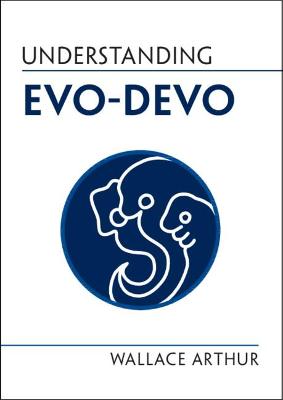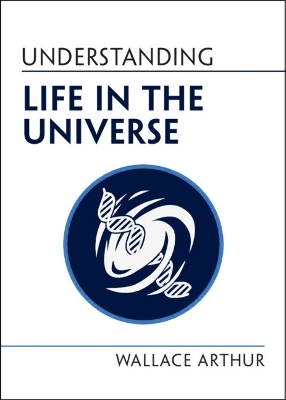Understanding Life
2 total works
Why do the best-known examples of evolutionary change involve the alteration of one kind of animal into another very similar one, like the evolution of a bigger beak in a bird? Wouldn't it be much more interesting to understand how beaks originated? Most people would agree, but until recently we didn't know much about such origins. That is now changing, with the growth of the interdisciplinary field evo-devo, which deals with the relationship between how embryos develop in the short term and how they (and the adults they grow into) evolve in the long term. One of the key questions is: can the origins of structures such as beaks, eyes, and shells be explained within a Darwinian framework? The answer seems to be yes, but only by expanding that framework. This book discusses the required expansion, and the current state of play regarding our understanding of evolutionary and developmental origins.
The two most fascinating questions about extraterrestrial life are where it is found and what it is like. In particular, from our Earth-based vantage point, we are keen to know where the closest life to us is, and how similar it might be to life on our home planet. This book deals with both of these key issues. It considers possible homes for life, with a focus on Earth-like exoplanets. And it examines the possibility that life elsewhere might be similar to life here, due to the existence of parallel environments, which may result in Darwinian selection producing parallel trees of life between one planet and another. Understanding Life in the Universe provides an engaging and myth-busting overview for any reader interested in the existence and nature of extraterrestrial life, and the realistic possibility of discovering credible evidence for it in the near future.

